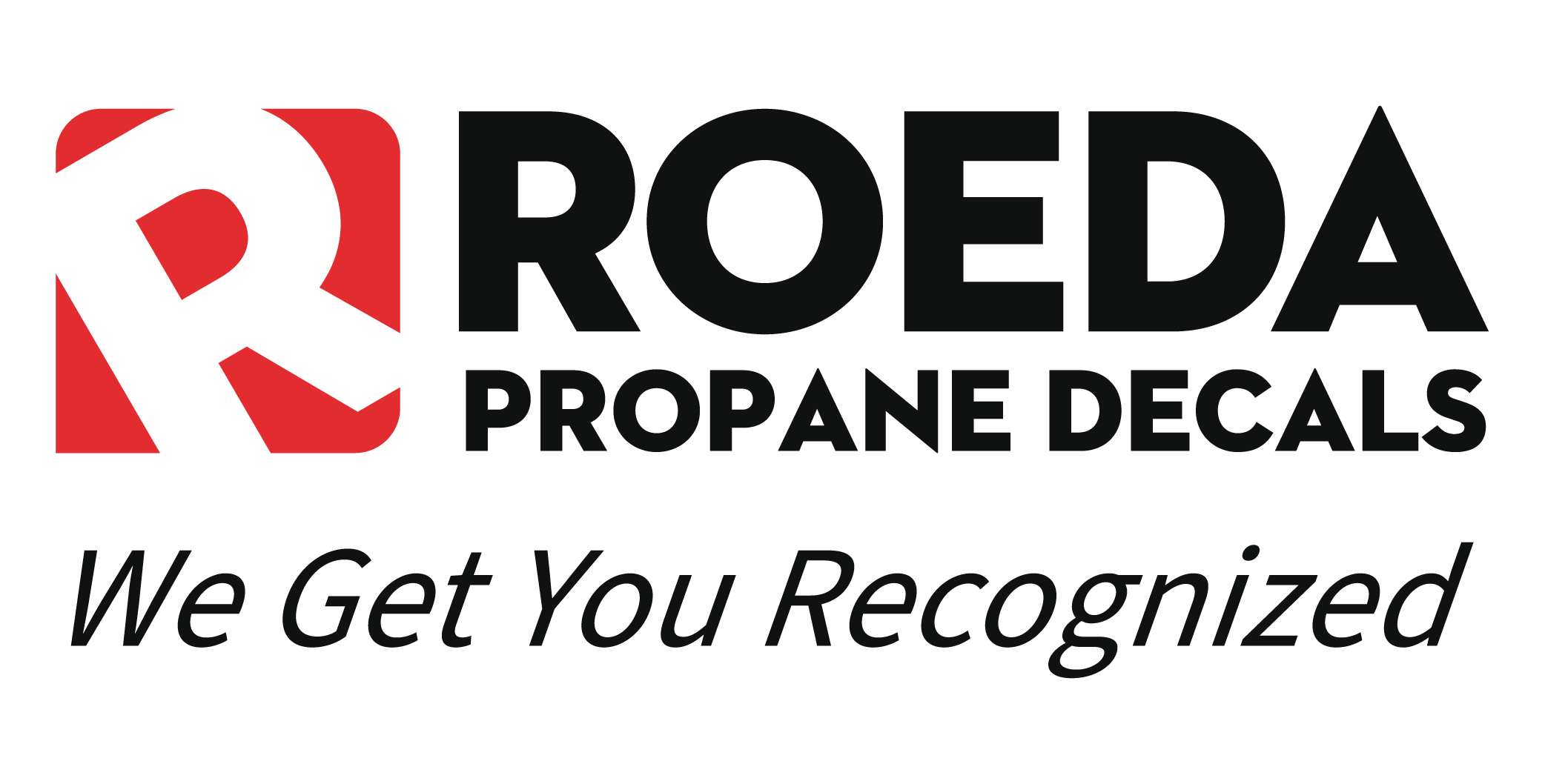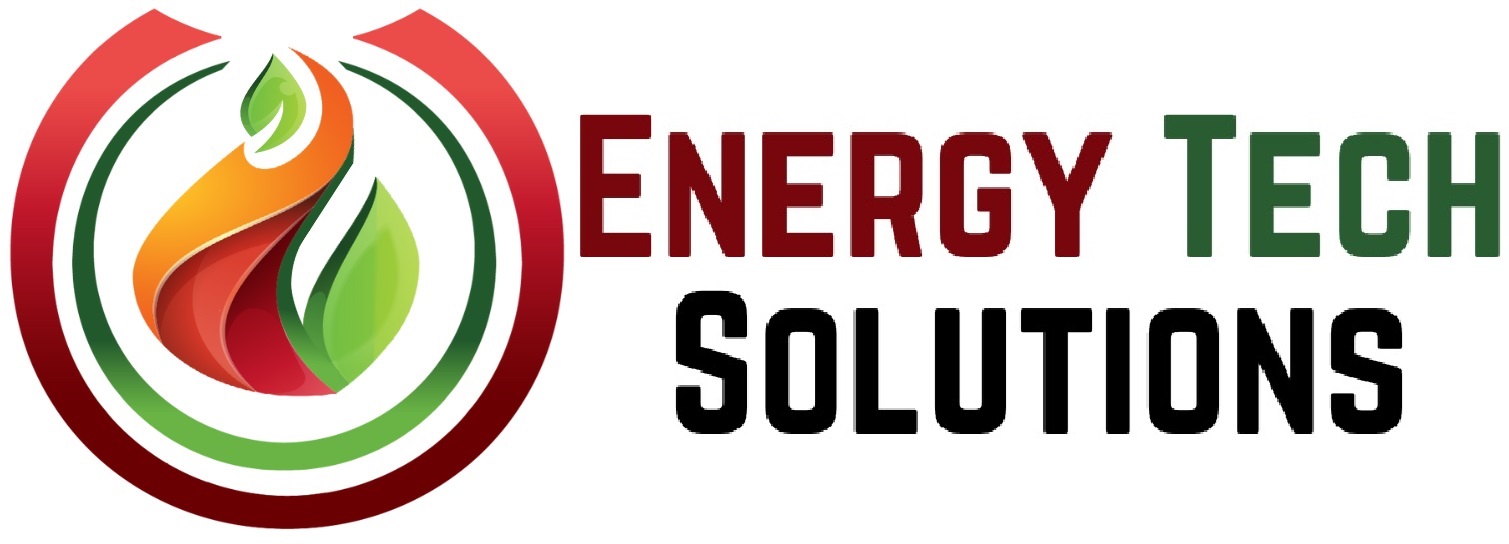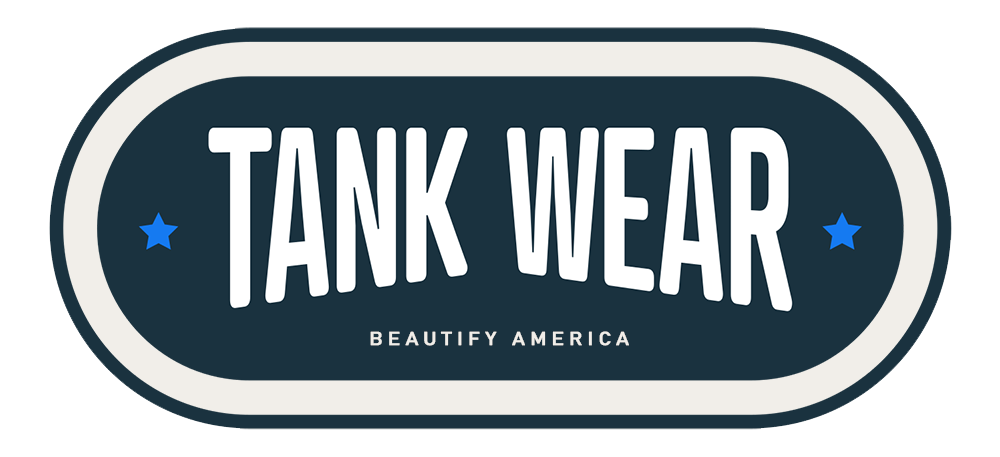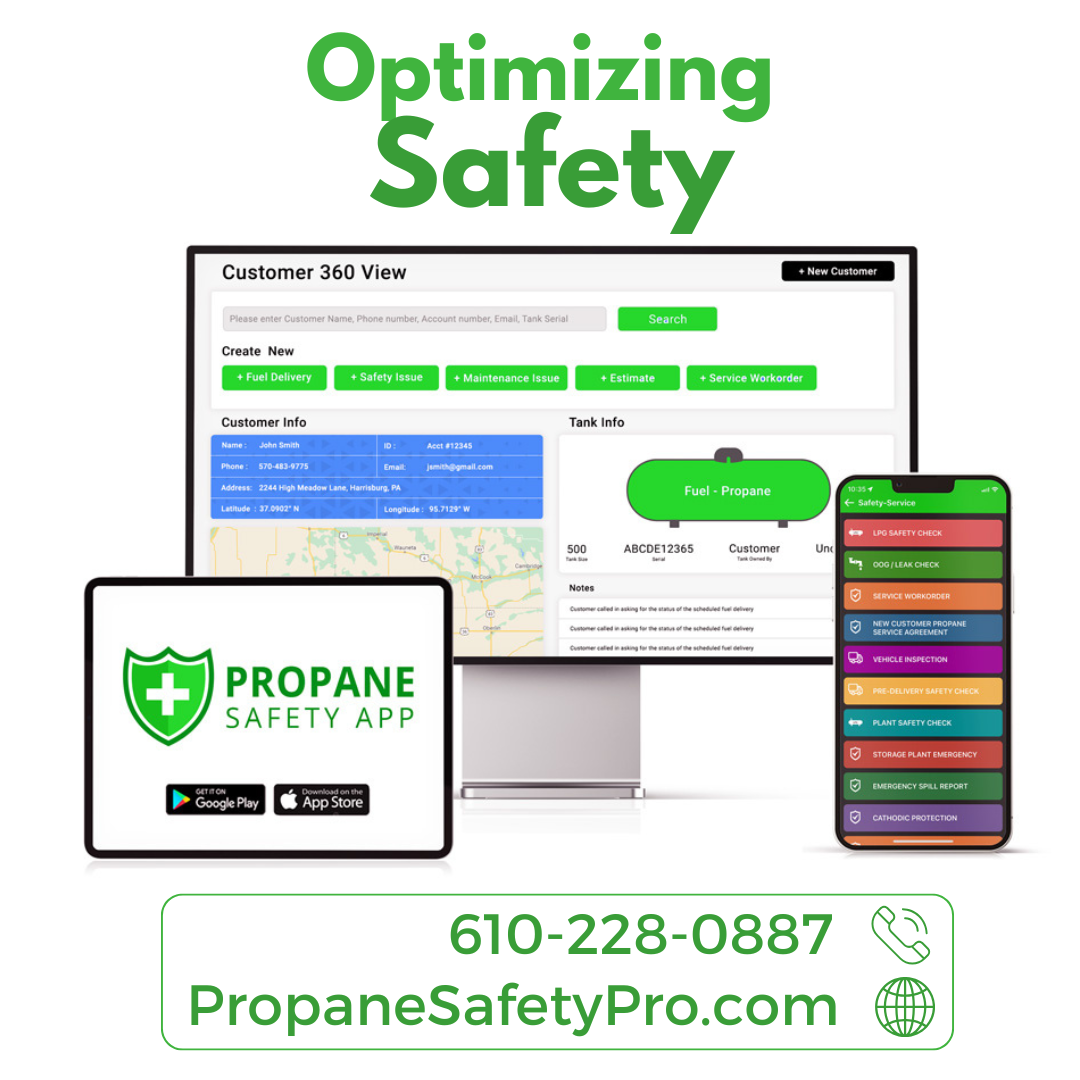Streamlining Propane Delivery for Peak Efficiency
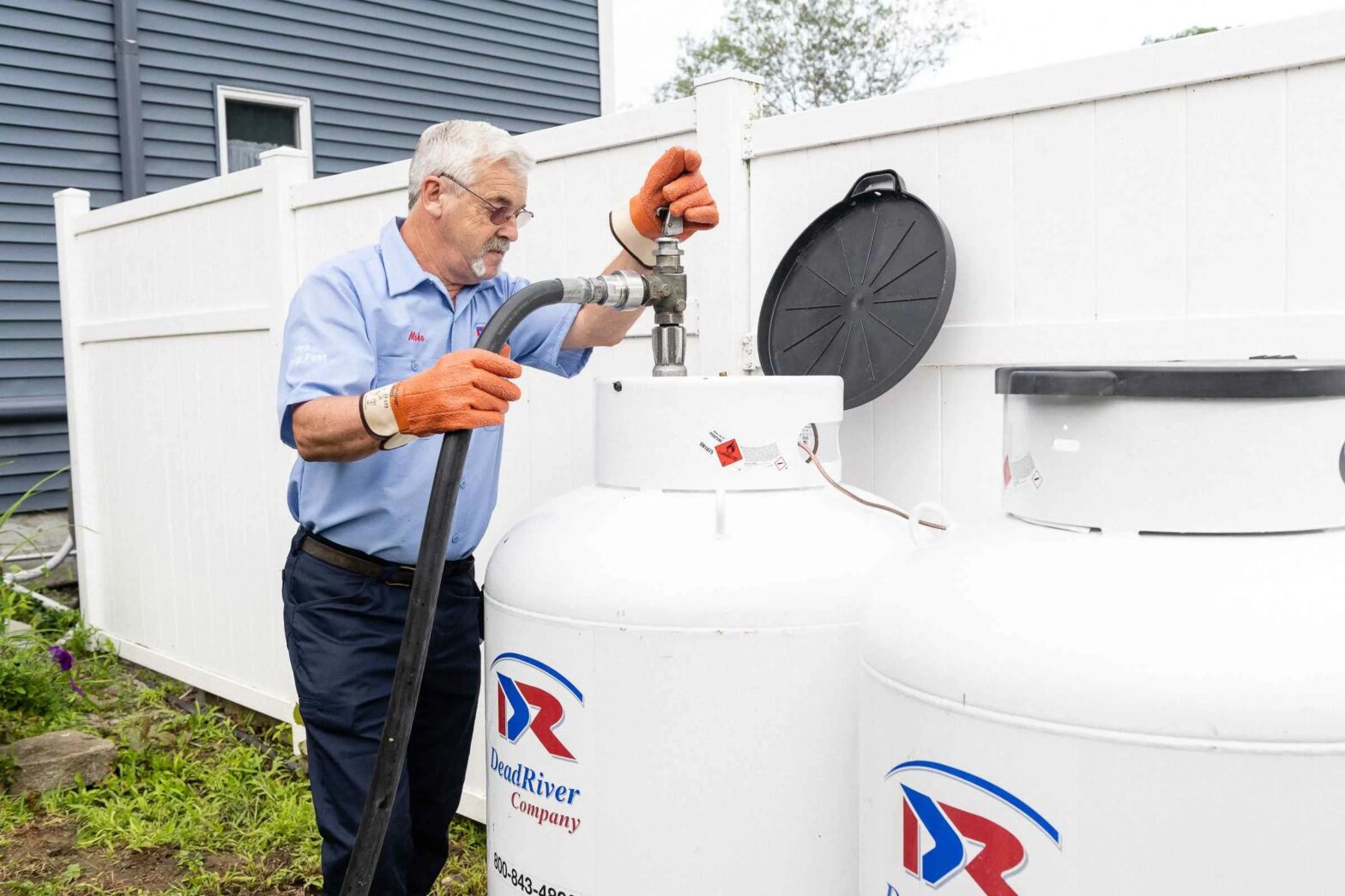
Strategies for Enhancing Service and Reducing Costs
Efficient scheduling in propane delivery enhances customer satisfaction and drives operational cost savings. As demand fluctuates with seasonal changes and market dynamics, optimizing delivery schedules becomes essential for propane businesses aiming to maximize efficiency and service quality. This article outlines key strategies for streamlining propane delivery schedules, ensuring reliability while minimizing operational expenses.
Analyzing Delivery Patterns and Customer Needs
Data-Driven Insights: Utilize customer usage data and historical delivery patterns to predict demand more accurately. Advanced analytics can identify peak usage times, allowing for proactive scheduling adjustments.
Customer Segmentation: Categorize customers based on usage patterns, location, and delivery preferences. Tailored scheduling approaches can address the unique needs of different segments more effectively.
Leveraging Technology for Scheduling Optimization
Route Optimization Software: Implement route optimization tools that calculate the most efficient delivery paths, considering traffic, weather conditions, and delivery windows. This reduces fuel consumption and delivery times.
Tank Monitoring Systems: Invest in real-time remote tank monitoring technology to track propane levels. This allows for just-in-time deliveries, reducing the need for frequent check-ins and minimizing the risk of runouts.
Flexibility and Responsiveness
Dynamic Scheduling: Develop a flexible delivery schedule that can adapt to unexpected changes in demand or operational challenges. Having contingency plans ensures reliability in service delivery.
Customer Communication Channels: Establish effective communication lines with customers to receive timely updates on their propane needs. Quick responsiveness to customer requests can enhance satisfaction and loyalty.
Employee Training and Incentives
Driver Training: Regularly train delivery personnel on efficient driving techniques and customer service best practices. Knowledgeable and courteous drivers are essential for maintaining high service standards.
Incentive Programs: Create incentive programs for drivers that encourage efficient and safe delivery practices. Recognizing and rewarding high performance can motivate staff and improve overall efficiency.
Continuous Improvement and Feedback
Regular Review and Adjustments: Continuously review delivery schedules and operational processes for potential improvements. Be open to experimenting with new strategies to find what works best.
Customer Feedback Mechanisms: Implement systems for collecting and analyzing customer feedback on delivery services. Insights gained can guide adjustments to scheduling and operational practices.
Strategic Partnerships and Collaboration
Collaborating with Local Entities: Work with local governments and communities to understand regional considerations that may impact delivery schedules, such as road closures or community events.
Industry Partnerships: Partner with other propane suppliers for mutual support during peak demand periods. Sharing resources can help meet customer needs more efficiently during spikes in demand.
A Commitment to Efficiency and Excellence
Optimizing propane delivery schedules is a multifaceted endeavor that requires attention to detail, strategic planning, and a commitment to continuous improvement. Propane delivery businesses can achieve maximum efficiency in their operations by leveraging technology, prioritizing flexibility, and focusing on customer needs. This results in cost savings and enhanced profitability and builds a strong reputation for reliability and customer satisfaction in the competitive energy market.



